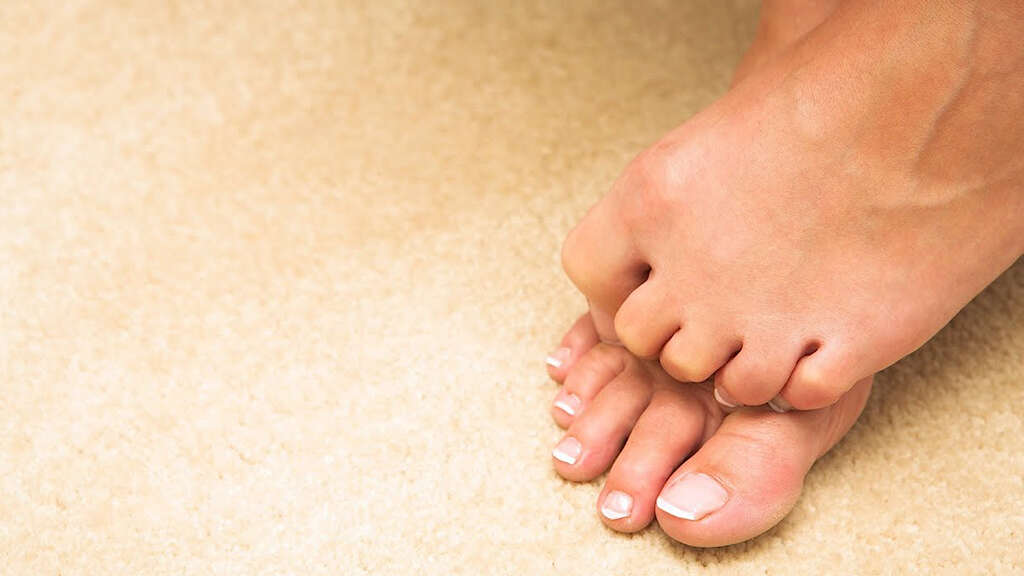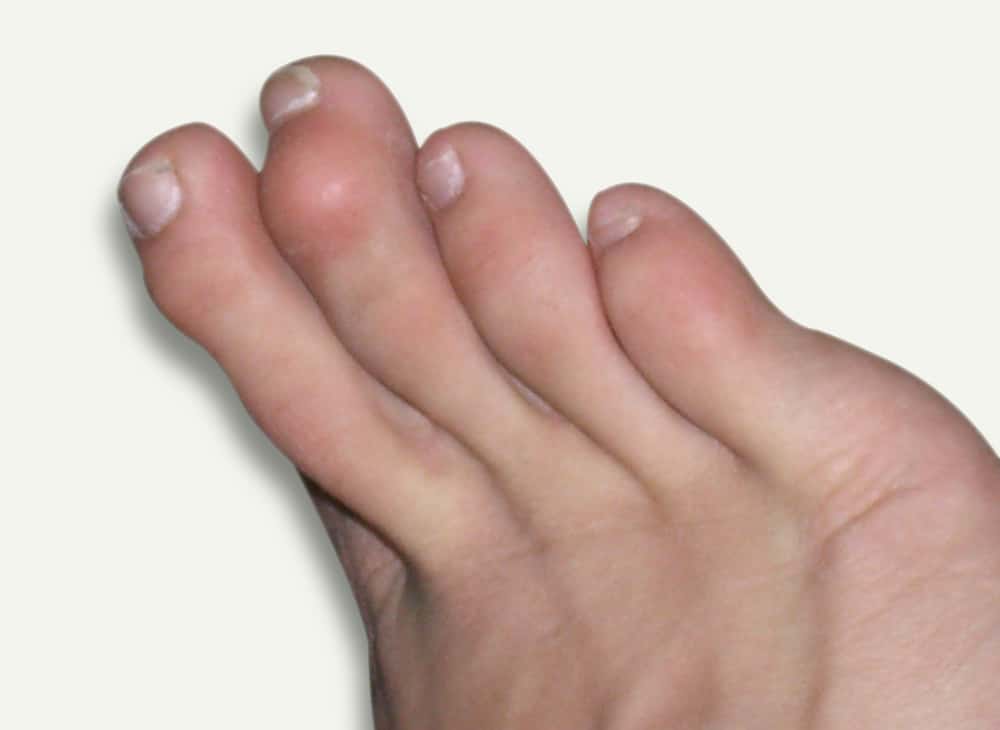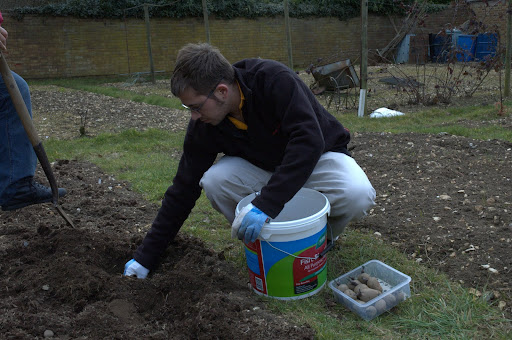

This information is not a substitute for professional medical advice. Edits to original content made by Rector and Visitors of the University of Virginia. Avoid wearing poorly fitting or narrow-toed shoes.Ĭontent was created using EBSCO’s Health Library.To help reduce your chances of getting hammer toe, take the following steps: Your doctor can diagnose hammer toe by its appearance. Your doctor will ask about your symptoms and medical history. Pain in the ball of the foot or at the base of a toe.Difficult or painful motion of a toe joint.Cramping in a toe, and sometimes also the foot and leg.Difficulty finding any shoes that fit comfortably.Calluses on the sole of the foot or bottom of the toe.Talk to your doctor about symptoms such as: If you have any of these symptoms, do not assume it is due to hammer toe. Frequent use of the inappropriate footwear.Riskįactors that increase your chance of getting hammer toe include: This may be due to problems with the peripheral nerves or the spinal cord. The four smaller toes of the foot are much like the same fingers in the hand. Shoes that don't fit properly, for either an adult or child Hammertoes occur when the smaller toes of the foot become bent and prominent.Tendons that have tightened, causing the toe's joints to curl downward.Hammer toe may be present at birth or develop later in life due to: Part of the toe or joint may be removed.The middle joint of the toe may be fused together.Severe cases require an operation to straighten the joint. A hammer toe is a deformity of the foot that causes toes to bend or curl in a downward fashion rather than point forward. Splints, straps, cushions, or corn pads to relieve symptoms.Switching to properly sized footwear with roomy toe boxes.Treatment options include the following: Conservative Treatments Talk with your doctor about the best treatment plan for you. If you suspect you have this condition, contact your doctor. The sooner this is treated, the better the outcome. The position of the toe can also lead to corns or calluses. Rigid hammer toe - cannot be pulled straight and can be extremely painful.Flexible hammer toe - can be straightened by hand.Most people make a good recovery and return to normal activities following toe surgery.A hammer toe is a toe that tends to remain bent at the middle joint in a claw-like position. It can take six weeks or longer before the swelling has gone down enough for you to wear a normal soft shoe. Be sure and continue to take any pain medication. You may need to use crutches to help you avoid putting weight on your toes.įor the first week of your recovery you will need to spend most of your time with your leg raised to help control swelling. You may need to wear a surgical shoe with an open toe for several weeks following your operation. You will be given medication for pain relief. In many cases of painful hammer toes, a podiatric surgeon can perform minimally invasive (keyhole) surgery to straighten your toe. In these cases, surgery may be the best treatment option. You should be able to go home the day of your surgery. When a hammer toe has become painful and rigid, conservative treatment will not provide adequate relief. The type of surgery performed will depend on the problem with your toes and may involve releasing or lengthening tendons, putting joints back into place, straightening a toe and changing the shape of a bone.Your surgeon may fix the toes in place with wires or tiny screws. Be sure an discuss this with your surgeon during your pre-op assessment. What happens during toe surgery?Ī variety of anaesthetic techniques are possible.

However if your pain persists your consultant may recommend an surgery. Special shoes that are wider and deeper than normal can stop your toes rubbing. Custom-made insoles for your shoes will help to take the pressure off any painful areas.

Putting padding between your toes and strapping them in place can help to stop pain caused by the toes rubbing. Inflammatory arthritis, (swelling, pain, stiffness in joints), which, such as rheumatoid arthritis can damage the toe joints and this may make them come out of position (dislocate). The affected toe can rub on other toes and on the inside of your shoe, causing pressure and pain.


 0 kommentar(er)
0 kommentar(er)
